
Pleura
Each lung projects into an internal body cavity, a pleural cavity, and is covered by a serous membrane (serosa), called visceral pleura. A reflection of visceral pleura, the parietal pleura, lines the inside of the thoracic wall. Pleura is composed of a simple squamous epithelium (mesothelium) overlying a layer of connective tissue that contains blood vessels and elastic fibers. 200x
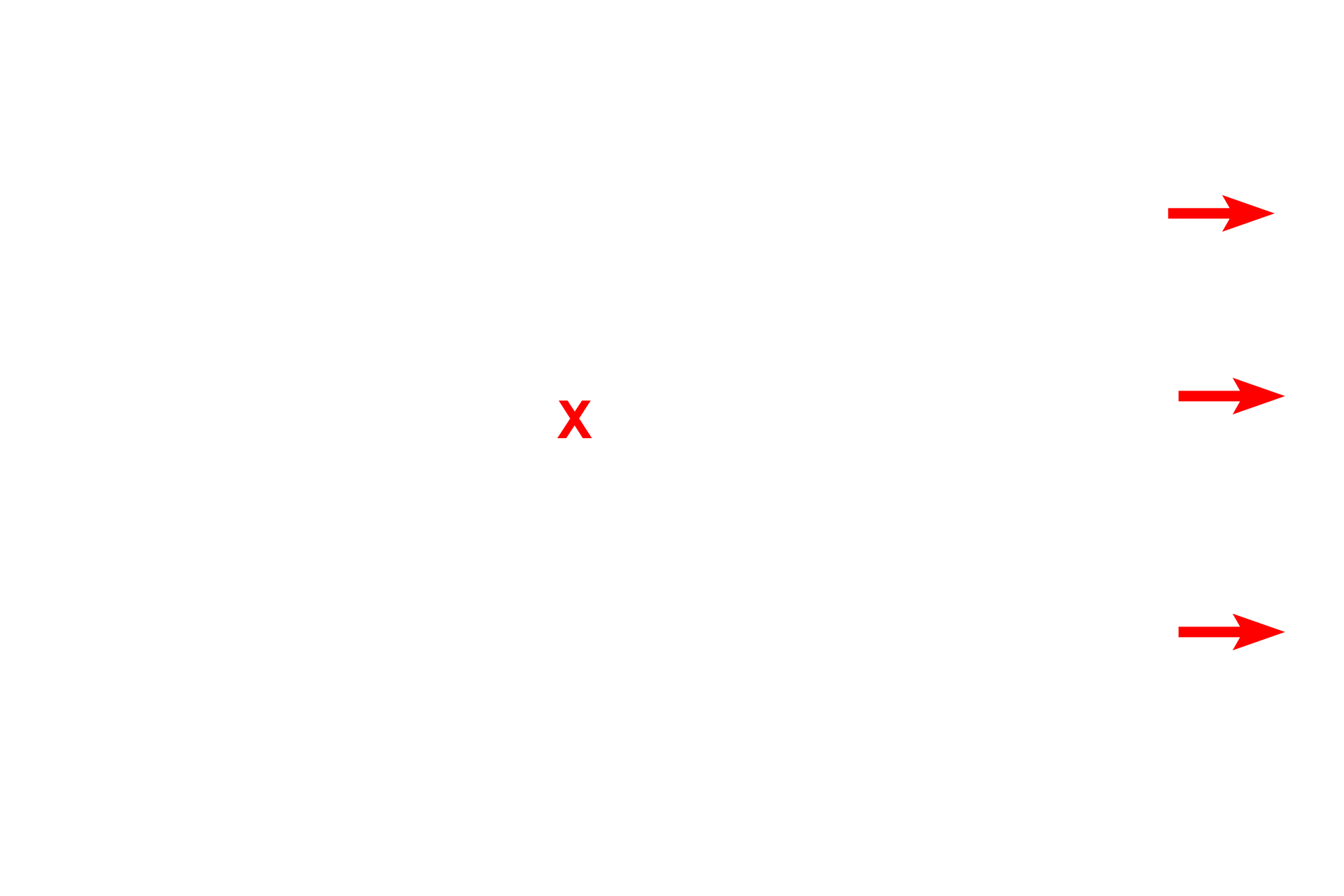
Pleural space
Each lung projects into an internal body cavity, the pleural cavity, and is covered by a serous membrane (serosa), called visceral pleura. A reflection of visceral pleura, the parietal pleura, lines the inside of the thoracic wall. Pleura is composed of a simple squamous epithelium (mesothelium) overlying a layer of connective tissue that contains blood vessels and elastic fibers. 200x

Visceral pleura
Each lung projects into an internal body cavity, the pleural cavity, and is covered by a serous membrane (serosa), called visceral pleura. A reflection of visceral pleura, the parietal pleura, lines the inside of the thoracic wall. Pleura is composed of a simple squamous epithelium (mesothelium) overlying a layer of connective tissue that contains blood vessels and elastic fibers. 200x

Parietal pleura
Each lung projects into an internal body cavity, the pleural cavity, and is covered by a serous membrane (serosa), called visceral pleura. A reflection of visceral pleura, the parietal pleura, lines the inside of the thoracic wall. Pleura is composed of a simple squamous epithelium (mesothelium) overlying a layer of connective tissue that contains blood vessels and elastic fibers. 200x
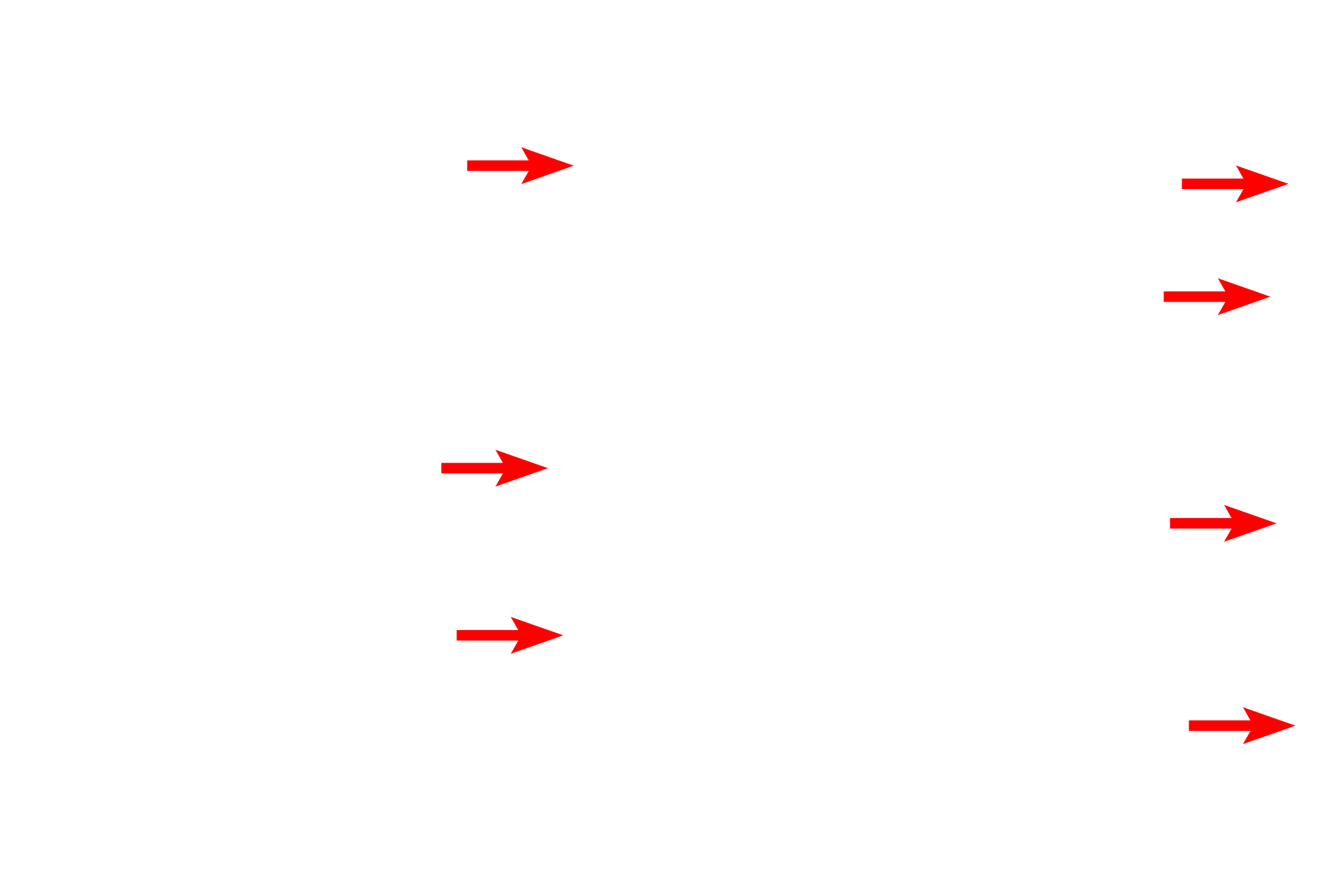
Mesothelium
Each lung projects into an internal body cavity, the pleural cavity, and is covered by a serous membrane (serosa), called visceral pleura. A reflection of visceral pleura, the parietal pleura, lines the inside of the thoracic wall. Pleura is composed of a simple squamous epithelium (mesothelium) overlying a layer of connective tissue that contains blood vessels and elastic fibers. 200x

Connective tissue layer
Each lung projects into an internal body cavity, the pleural cavity, and is covered by a serous membrane (serosa), called visceral pleura. A reflection of visceral pleura, the parietal pleura, lines the inside of the thoracic wall. Pleura is composed of a simple squamous epithelium (mesothelium) overlying a layer of connective tissue that contains blood vessels and elastic fibers. 200x
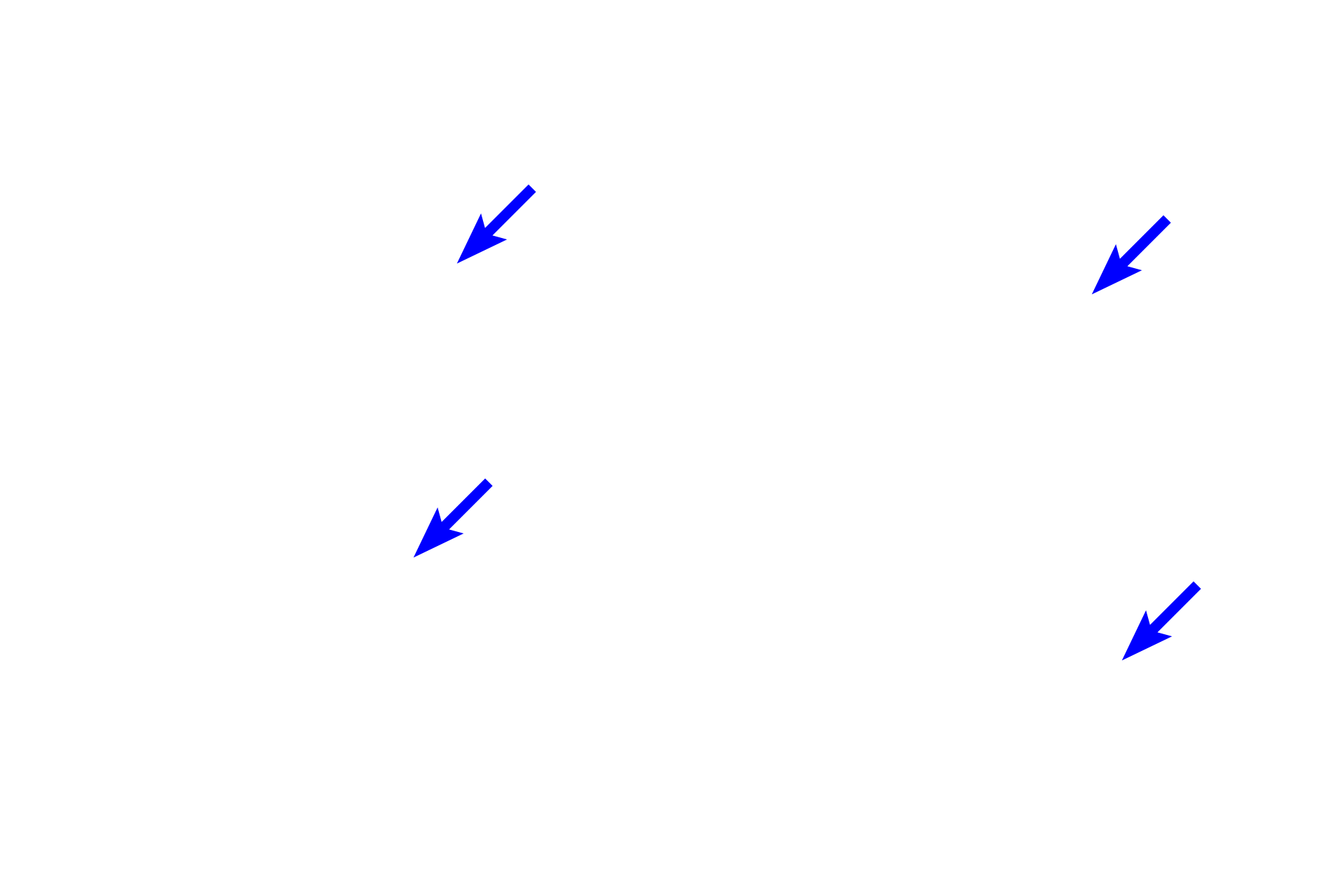
Blood vessels
Each lung projects into an internal body cavity, the pleural cavity, and is covered by a serous membrane (serosa), called visceral pleura. A reflection of visceral pleura, the parietal pleura, lines the inside of the thoracic wall. Pleura is composed of a simple squamous epithelium (mesothelium) overlying a layer of connective tissue that contains blood vessels and elastic fibers. 200x
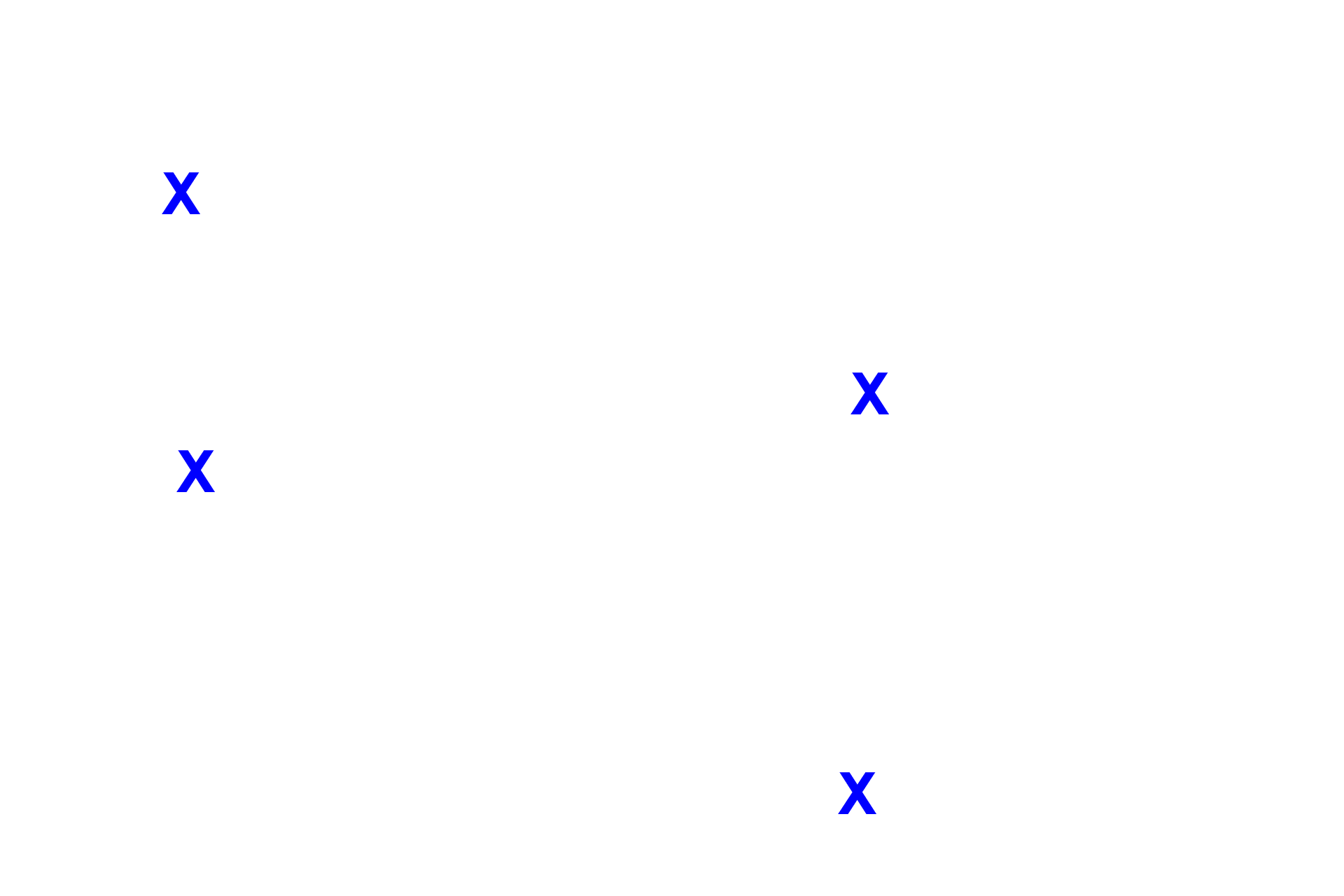
Alveoli
Each lung projects into an internal body cavity, the pleural cavity, and is covered by a serous membrane (serosa), called visceral pleura. A reflection of visceral pleura, the parietal pleura, lines the inside of the thoracic wall. Pleura is composed of a simple squamous epithelium (mesothelium) overlying a layer of connective tissue that contains blood vessels and elastic fibers. 200x

Macrophages
Each lung projects into an internal body cavity, the pleural cavity, and is covered by a serous membrane (serosa), called visceral pleura. A reflection of visceral pleura, the parietal pleura, lines the inside of the thoracic wall. Pleura is composed of a simple squamous epithelium (mesothelium) overlying a layer of connective tissue that contains blood vessels and elastic fibers. 200x
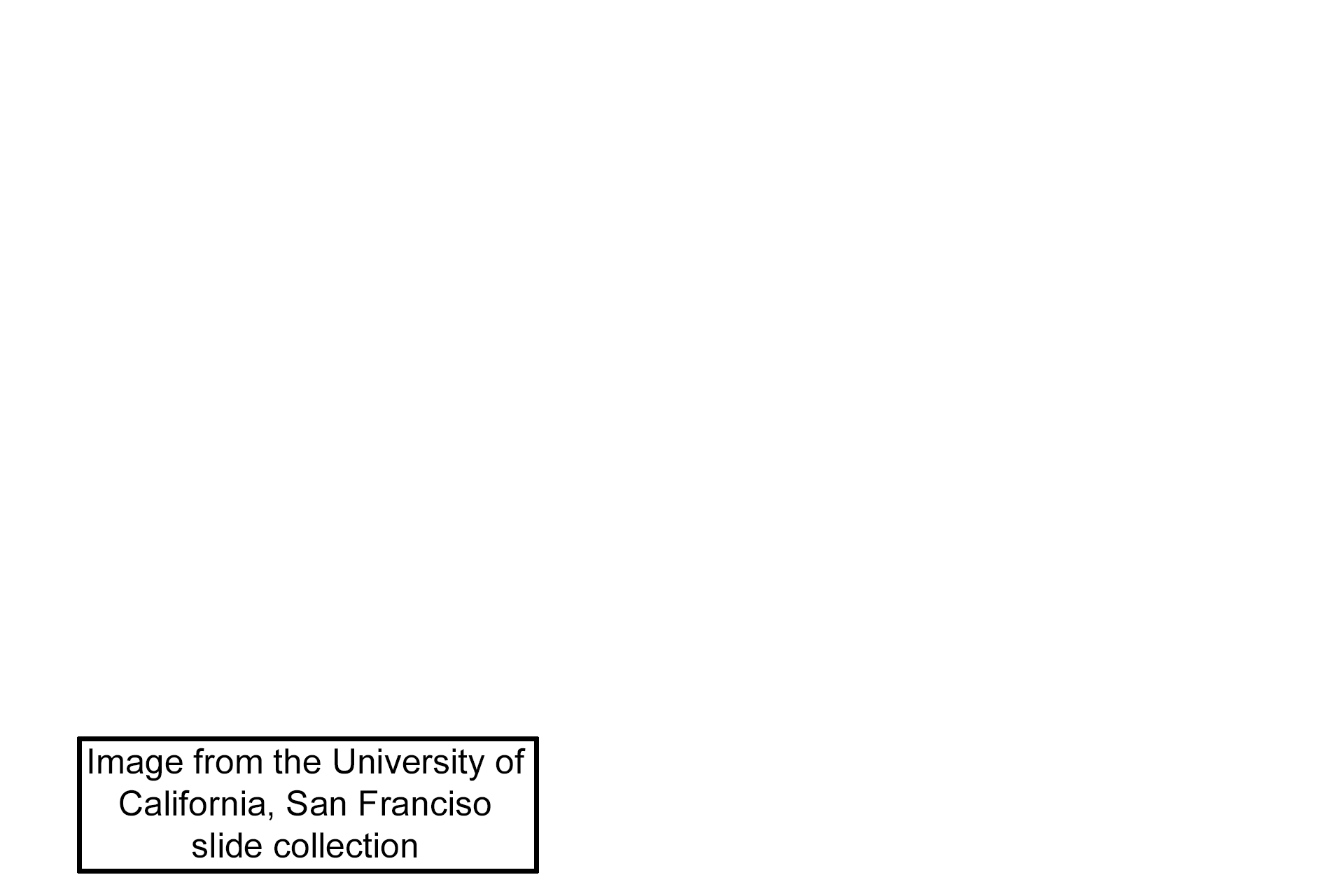
Image source >
This image was taken of a slide in the University of San Francisco slide collection.